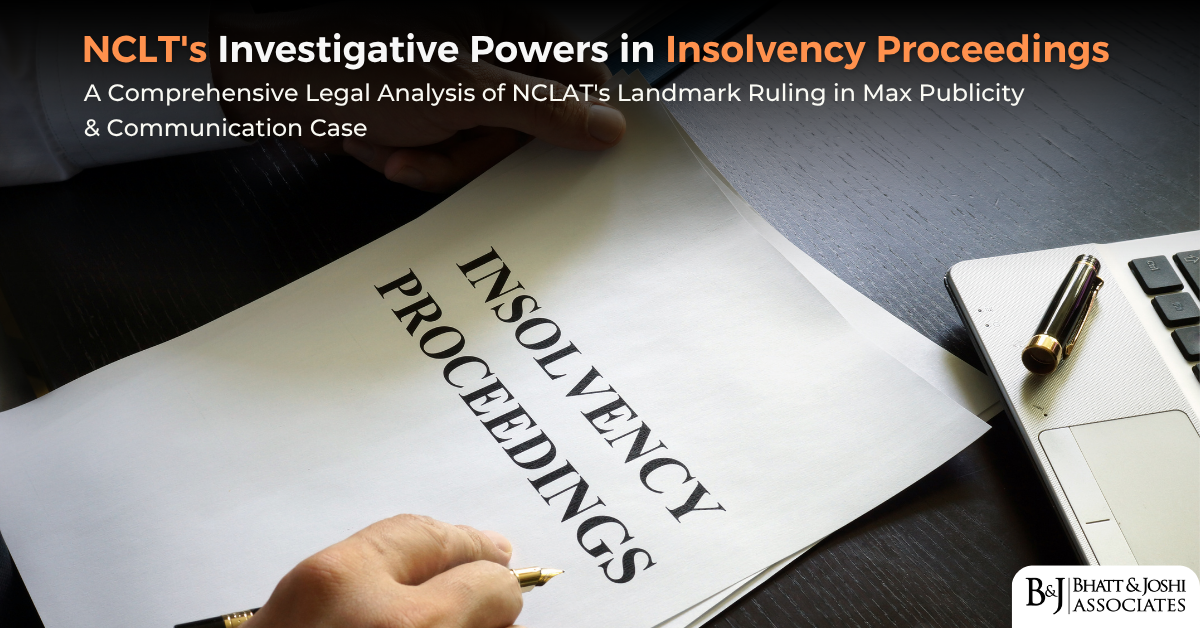Introduction
Metro rail systems are essential components of urban public transport, designed to provide efficient, reliable, and environmentally friendly mobility solutions. As cities grow, the need for safe and regulated metro rail operations becomes more critical. In India, the Metro Railway Safety Commission (MRSC) plays a pivotal role in ensuring that metro rail systems operate safely and in compliance with national regulations. The MRSC oversees the safety protocols for metro rail systems, making sure they meet rigorous standards to protect passengers, staff, and infrastructure.
This article explores the regulatory framework surrounding the Metro Railway Safety Commission, delving into the relevant laws and case laws that guide its operations.
Legislative Framework for Metro Rail Safety
The Metro Railway Safety Commission operates under several key legislative acts and rules that ensure the safety and smooth functioning of metro rail systems in India. Below are the significant regulatory components that govern the commission:
- The Metro Railways (Operations and Maintenance) Act, 2002
One of the principal legislative frameworks governing metro rail safety is the Metro Railways (Operations and Maintenance) Act, 2002. This act establishes the framework for the safe operation, management, and maintenance of metro railways across India.
- Chapter IV of the Act focuses on the “Safety and Emergency Measures,” which mandates specific safety protocols that all metro rail operators must follow. These protocols include:
- Provisions for emergency evacuations,
- Safety audits conducted by the MRSC,
- Emergency planning for fire, derailment, or any other unforeseen incident.
- The Metro Railways (Construction of Works) Act, 1978
Before a metro system becomes operational, its construction must adhere to certain safety standards. The Metro Railways (Construction of Works) Act, 1978 governs the construction of metro rail systems and emphasizes the importance of ensuring that the infrastructure is built to meet stringent safety requirements.
- Section 7 of the Act: The Commissioner of Railway Safety must inspect any metro railway project before it becomes operational. This is a critical regulatory step that ensures that the construction complies with all safety and operational requirements.
- Case Law Example: In the Delhi Metro Rail Corporation Ltd. v. Union of India (2012), the court held that the inspection and certification of metro projects by the Metro Railway Safety Commission were crucial to the lawful and safe operation of the system. The judgment reinforced the Commission’s role in ensuring that metro systems meet safety standards from construction through operation.
Functions of the Metro Railway Safety Commission
The MRSC is tasked with several responsibilities that span the lifecycle of metro rail systems. These functions include:
- Safety Audits and Inspections
The MRSC regularly conducts safety audits of metro systems across India. These audits are designed to assess whether metro systems comply with safety regulations established by national and state laws.
- The audit includes reviewing the safety measures in place for signaling systems, fire hazards, and the structural integrity of metro stations and tunnels.
- Safety Certifications
Before any metro rail line becomes operational, it must receive a safety certification from the MRSC. This involves a rigorous inspection process that assesses every aspect of the metro system, from its tracks to its control systems.
- Judgment Reference: In Bangalore Metro Rail Corporation Ltd. v. Safety Commissioner of Metro Railways (2016), the court upheld the necessity of obtaining MRSC certification before commencing operations, reinforcing that safety compliance must be the highest priority.
Key Challenges in Metro Rail Safety
While the MRSC has made significant progress in regulating metro rail safety, there are several challenges that it continues to face:
- Rapid Expansion of Metro Systems
India is witnessing the rapid growth of metro rail networks in major cities. The expansion of these systems often outpaces the resources of the MRSC, making it difficult to carry out thorough inspections and audits in a timely manner.
- Judicial Viewpoint: In the case of Mumbai Metro One Pvt. Ltd. v. Commissioner of Metro Railway Safety (2021), the court recognized the challenges posed by the rapid expansion of metro systems, emphasizing the need for an increase in the number of safety inspectors and support staff for the MRSC to manage the growing workload.
- Integration with Other Modes of Transport
Metro rail systems are often integrated with other modes of transport, such as buses, taxis, and local trains. Ensuring safety during this integration poses another challenge for the MRSC, as safety measures must align across different modes of transport.
- Judgment Reference: In Kolkata Metro Rail Corporation Ltd. v. Union of India (2018), the court highlighted the need for better coordination between different transport agencies to ensure seamless and safe integration between the metro and other public transport systems.
Laws Governing Metro Railway Safety
The regulation of metro rail systems in India is deeply embedded in a series of laws that govern various aspects of metro construction, operation, and safety. Some of the key laws include:
- The Railways Act, 1989
Although the Railways Act primarily governs traditional railways, certain provisions are applicable to metro rail systems. Specifically, it provides guidelines on safety inspections, track maintenance, and operational standards, which are essential for metro systems.
- Section 118 of the Railways Act specifies that every railway, including metro railways, must be inspected periodically to ensure passenger safety.
- Judgment: The case of Delhi Metro Rail Corporation v. Commissioner of Railway Safety (2017) clarified the application of the Railways Act to metro rail systems, reaffirming that metro systems must adhere to the same safety protocols as traditional railways.
- The Indian Tramways Act, 1886
The Indian Tramways Act, although dated, still applies to the metro railway systems in some capacities. It offers guidelines on the establishment and management of railway lines within city limits, which are relevant for metro systems operating in dense urban areas.
Conclusion
The Metro Railway Safety Commission plays a vital role in maintaining the safety of metro rail systems in India. By regulating safety through a robust framework of laws and case law precedents, the MRSC ensures that metro systems remain safe and reliable for millions of passengers every day. As India’s metro network expands, the MRSC must evolve to meet new challenges, ensuring that safety remains the top priority at every stage of metro development and operation.














